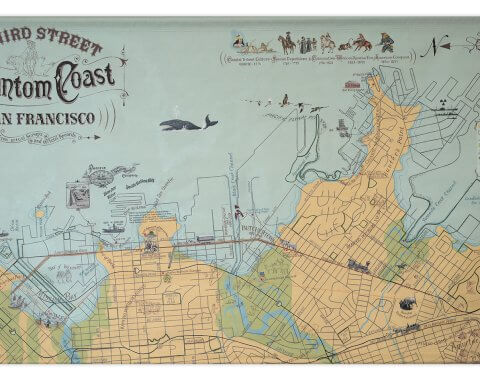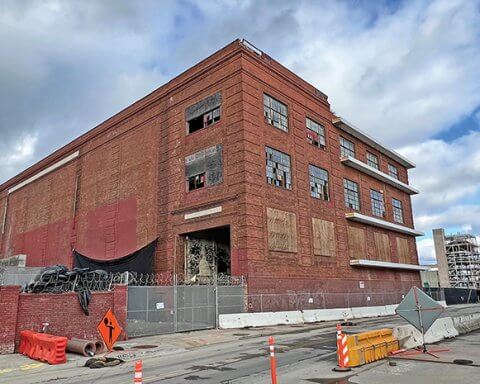As a result of Assembly Bill (AB) 413, as of January 1, 2024 drivers are no longer allowed to park within 20 feet of a crosswalk, marked or unmarked, on the side from which traffic approaches an intersection. In places with curb extensions – wider sidewalks that shorten the length to traverse the street – the distance is reduced to 15 feet, about an average car length.
Restricting parking in this way is called “daylighting,” intended to keep sightlines clear so that pedestrians don’t have to enter an intersection to check for oncoming traffic. Daylighting makes children easier for drivers to spot.
The concept isn’t new. The United States Uniform Vehicle Code, created in the 1920s, included daylighting restrictions. Since most states based their laws on this early code, daylighting was the default; more than 40 states have such rules in place. Up until now California didn’t because its vehicle regulations weren’t based on the UVC.
In 2014, San Francisco adopted “Vision Zero,” with the aim of making streets safer. In the first year of the program, daylighting was implemented at 80 intersections in the Tenderloin, with a 14 percent reduction in collisions. In 2019, following a surge in pedestrian deaths, the majority of which occurred in crosswalks, the San Francisco Board of Supervisors passed a resolution encouraging the San Francisco Municipal Transportation Agency (SFMTA) to enact daylighting in areas beyond those originally targeted by Vision Zero, especially in the High Injury Network, the 12 percent of streets, mostly in the vicinity of Market Street between Third and Van Ness, that account for nearly 70 percent of severe accidents. Hill streets in the HIN include Potrero Avenue between Division and 25th Street, and 18th Street from Missouri past Potrero Avenue to Church Street.
“California’s pedestrian fatality rate is nearly 25 percent higher than the national average,” said Alex Lee, 24th Assembly District member, who represents Alameda and Santa Clara counties. “My office’s conversations with transportation experts inspired me to author AB 413. Intersections are some of the most dangerous sections of our roads, and daylighting is a simple solution that improves visibility of intersections for everyone.”
Supported by Streets for All and the California Bicycle Coalition, AB 413 was approved by the legislature and signed by Governor Newsom last fall.
“I believe daylighting is an effective tool for increasing pedestrian safety,” said District 10 Supervisor Shamann Walton, who supported the bill.
Maxine Siu and Joel Bleskacek, who own Plow, located on 18th and Texas streets, are happy to have the measure in place, citing numerous close calls on their corner.
“The loss of a few parking spaces is a worthy tradeoff for a bit of extra safety for our guests,” Bleskacek said.
Requests for comments from more than a dozen other local merchants didn’t receive a response.
According to Michael Roccaforte, SFMTA Deputy Spokesperson, although the law allows jurisdictions to paint curbs and install signs, most will remain unmarked because there aren’t enough resources to dye the affected curbs. Compliance will be the driver’s responsibility, in the same way 25 miles per hour is the speed limit in residential areas, whether it’s posted or not. Unless the violation occurs in an area currently marked with paint or a sign, such as existing red curbs and other “No Parking” zones, jurisdictions aren’t allowed to issue citations for violations until after January 1, 2025. Only warning notices can be given before that date.
Only the vehicle approach side is affected, resulting in up to four parking spots being eliminated from any intersection. Roccaforte was unable to provide an exact total of lost spaces, which requires a detailed analysis of parking on all the City’s intersections. He estimates that the legislation reduced available on-street parking by about five percent.



